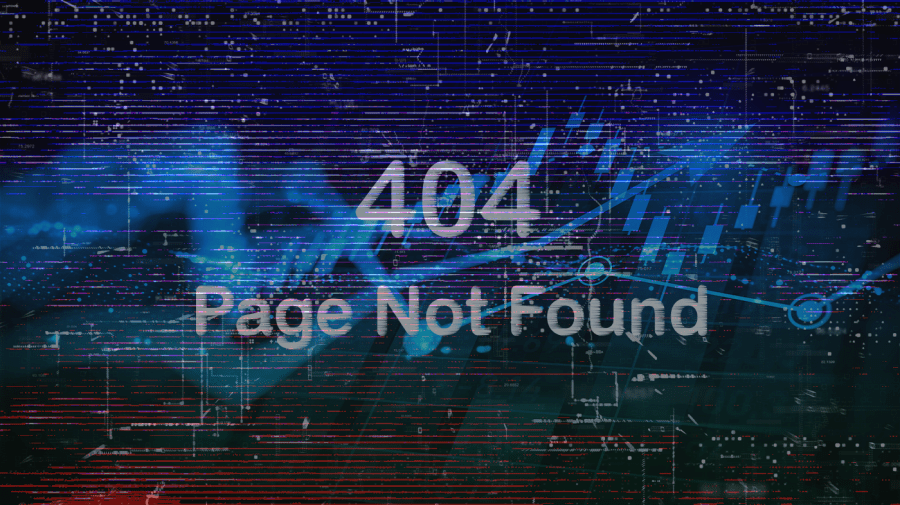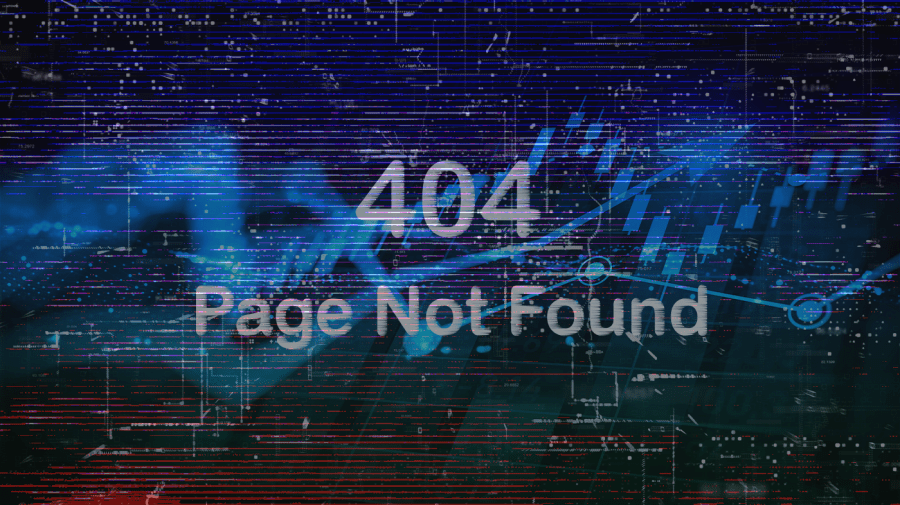Scientists, researchers work to archive federal health data purged by Trump administration

Scientists, researchers and private health organizations scrambled to preserve as much federal public health data and guidelines as possible last week after news reached them that the Trump administration planned to pull down federal agency websites.
Many have taken that data and moved it to personal websites or Substack accounts, while others are still figuring out what to do with what they have gathered.
These often-anonymous archivists are now facing the colossal task of connecting with one another to figure out just how much information has been saved and how to re-create a centralized network of websites where it can be easily accessed by the public again.
“The deletion of information or just the threat of it should make us uneasy,” said Candace St. John, who is working with a collective of public health workers fighting to preserve data called AltCDC. “It’s something that is really going to undermine a lot of communities across the nation.”
St. John — who describes herself as a “liaison” among the health workers who have compiled this data, connecting workers and tracking what has been saved — added that federal public health data is especially important in rural areas that normally don’t have their own health departments like cities do.
“We rely on these data sets to make important decisions up and down,” she said.
After President Trump signed executive orders taking aim at “gender ideology” and diversity, equity and inclusion efforts, federal health agencies began scrubbing their websites of materials related to the topics.
The impact has been widespread. Since last Friday, more than 80,000 pages from more than a dozen U.S. government websites have been taken down, according to a New York Times analysis. Some of that includes Centers for Disease Control and Prevention (CDC) resources for tracking and preventing HIV and sexually transmitted infections (STIs), as well as the agency’s guidelines for prescribing birth control and gender-affirming care. The National Institutes of Health (NIH) Office of Research on Women’s Health website has also been removed.
While some of those sites and datasets have been restored, like the CDC’s Atlas Tool, which is used to track HIV and STIs, they don’t appear to be as robust as they once were.
Confusion and alarm surrounding the purge were further heightened when some media reports last week suggested a still wider shutdown of government websites would occur as efforts were made to purge mentions of diversity, but the Office of Personnel Management dismissed them as “false rumors.”
Thursday night, virologist Angie Rasmussen got a call from a reporter asking her if she had heard the rumors that the Trump administration was about to delete the CDC website. She hadn’t, and after the call, she shared the news with some colleagues and then got to work.
“I immediately went to the data I would need and started downloading,” she said.
She used archive.org to preserve as much of the CDC’s website as she could. She then connected online with Michigan-based data analyst Charles Gaba, who successfully downloaded the agency’s entire website. He has since posted some links to a website he has had for years.
Others took similar action. Reproductive health writer and activist Jessica Valenti created a website on her Substack with all the CDC data on sexual health, contraception and LGBTQ youth she was able to download before the webpage went dark. The site also includes instructions on how others can share deleted documents with her.
Some organizations have also made an effort to preserve data, including the American College of Obstetricians and Gynecologists, which has taken CDC guidelines and reposted them on its website.
But a huge amount of information was apparently removed overnight, and it remains unclear just how much of it is gone.
Justin Gill, an urgent care nurse practitioner, said he frequently consults the CDC’s guidelines when considering care options for patients. Last week, he was discussing treatment options for people with syphilis with a colleague when he tried to visit the CDC’s webpage to check out its STI treatment guidelines and noticed it was down.
“I was trying to look up guidelines because [I had] questions about first-line and second-line treatments … and that resource was completely gone,” he said.
Gill stressed the potential impact of federal public health data like that he was looking for no longer being available. Health care workers across the country rely on federal health information, especially from the CDC, to make informed decisions when providing care.
“The CDC was the gold standard for accurate, up-to-date health information and it’s almost like, with great efficiency, it was turned into the laughing stock of health care resources,” Gill said.
He noted that there are other sources to turn to for health-related guidelines, but they often just cite CDC information.
The benefit of that information, Gill said, wasn’t only that it was accurate, but also that it was centralized, making it a quick and easy place to turn to with health questions.
Now, Gill said, if doctors or nurses can’t find the information they need on the CDC or NIH websites, for example, they will have to find it elsewhere, causing them to spend less time with patients.
Health workers who spoke with The Hill also said they are worried about how new developments will affect the accuracy of the information they are working tirelessly to preserve. Public health data and resulting guidelines constantly need to be updated.
So keeping the data is important, they said, but also doesn’t entirely protect the public from new and emerging health issues like viral diseases.
As well as scrubbing information from agency websites, the Trump administration ordered federal health agencies to temporarily pause their communication, which meant the CDC stopped sending out reports like its Morbidity and Mortality Weekly Report that regularly provides new health-related data. Earlier this week, the CDC began issuing the report again, but other data sets like its FluView remain offline.
Rasmussen noted that the CDC’s flu surveillance data is essential for tracking new developments with the disease. It’s also particularly important given the current cases of bird flu in the country, she noted.
“That puts all of us at risk, because then you have a virus infection that is spreading uncontrollably in the population, and you’re not doing anything about it, and you’re not tracking it,” she said.




Post Comment